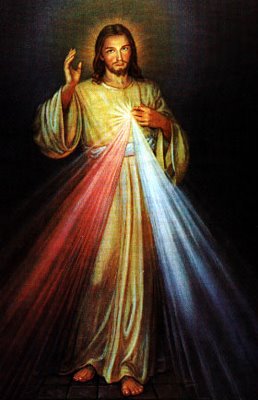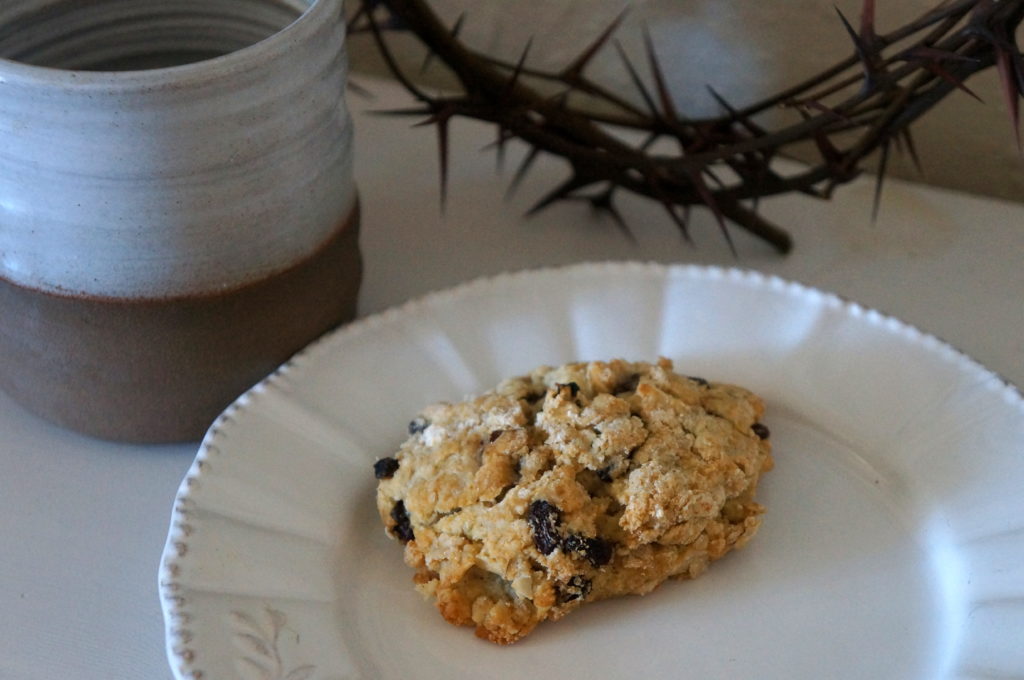our meet-cute
By January of 2000, I was nearly 18, a senior in high school, and my trajectory towards the Catholic Church was pretty sure and straight. My exterior life—friends, school, the rapidly approaching future—was suspended in mid-air, like an alternate reality carrying on in a thought bubble, while interiorly I was going through an inexpressible alteration. I was sneaking to daily Mass either before school or in between classes. The weekday stillness of St. Joseph’s, St. James’s, and the Grotto were my sanctuaries in every sense of the word.
One morning as I was heading to daily Mass in my ’85 Honda Accord named Bogie (after Humphrey Bogart who, like my Honda, was old and raspy, but so cool), I turned into the parking lot to see more than the usual seven to ten cars. The lot was overflowing. I rolled down my window to ask a parking attendant what was going on.
“St. Thérèse’s relics are here,” he said. I nodded like I knew what he was talking about, but inside I was reeling from the words “saint” and “relics”, having visions of fingernail clippings and femurs.
Why did I go in to Mass that day, then? I do not know. But I did. And in my pinstripe overalls, no less. Why, when I saw the TV cameras and men in funny hats and sabers, did I not turn around and leave? I do not know. Though the sanctuary was over-full, I squeezed by the anxious families in the foyer, slipped through the glass doors, and took a tiny spot alongside the wall. In the front of the church, at the foot of the altar, was a wooden casement surrounded by what I could only assume was bullet-proof glass. It was all very strange. Compelling, but strange.
The Mass began and I was quickly lost, as this was slightly different from truncated daily Mass. After I fumbled through the Gloria and the Nicene Creed, an older, handsome gentleman in front of me with dark, thinning hair and glasses turned around and said, “You don’t know what you’re doing, do you?” I answered, “No.” With a gentle smile, he said, “My name is Conchi, short for Concepción.” He pulled out a missal, stood beside me, and tried to explain what he could in a whisper. The lady in front of us looked back with a mean glare to hush us at one point, but Conchi ignored her and faithfully coached me through the Mass.
People were starting to file towards the relics. He told me what to do—to kiss my fingers, touch the casement, then make the sign of the Cross. I eyed the TV cameras in the back, hoping I didn’t make it on the news in my pinstripe overalls, then my secret of going to Mass would be out—and not just going to Mass, but doing whatever I was about to do with those relics. I did what Conchi said, mechanically, feeling like an imposter.
It came time for Communion and Conchi asked me if I wanted to go up for a blessing. In all my attendances of daily Mass, I had never gone up for a blessing, but had remained kneeling until it was finished. He told me to cross my arms over my chest, so I did.
I was starting to worry about the time at this point, concerned I’d be late for class since daily Mass usually didn’t take this long. As soon as it was over, I turned to thank Conchi, but he was gone. As I maneuvered my way through the crowd and out of the church, I kept an eye out for him, but I never saw him again.
As I walked by the St. Joseph statue outside, a strange awareness caught me by surprise: I had a sense that there was something over me, like a thin veil covering my face, a substance that I could see through, but that was protecting me somehow, hiding me. I wondered at the time if this was what “grace” felt like, that thing I had read a little about, that thing the early Church Fathers talked about with the Sacraments. Not the vague—though wonderful—grace I had learned about as a Protestant, the over-arching power that Jesus imparts to reach out to us and save us. This was different; it was an actual, tangible something.
The rest of the day passed in a fog; again I felt like I was going through the motions of my daily life: school, friends, play rehearsal, family, while this great secret tectonic shift was happening in the depths of my being.
When I got home late that night, I remembered a little green, musty book I had bought at a garage sale a couple years before, Wisdom of the Saints. I leafed through it and found the last chapter about St. Thérèse of Lisieux, which included an excerpt from Story of A Soul. As I read through this tiny piece of her writing, I was shocked by the amount of Scripture she quoted from memory, as though it flowed out of her heart as purely and freely as her own words. I cannot say what struck me most about St. Thérèse; I don’t remember feeling an immediate kinship with her. I was, however, struck by how she was called to the religious life so young, yet had confidence in God’s loving plan for her.
What I didn’t know at the time was how this little saint would become a companion through my life, a novice-mistress of sorts for my own spiritual life.




